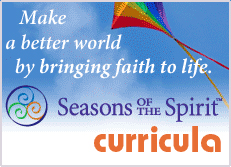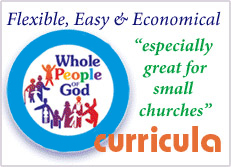
The Bully and Me
Stories That Break the Cycle of TormentHelen Carmichael Porter
160 PP | 7.25" x 9"
Paper, Includes CD
ISBN: 978-1-896836-79-9
The stories in The Bully and Me are first person accounts by both victims and bullies. The victims try to change the situation and usually, but not always, succeed. The stories are descriptive narratives of what happens to real people. They are based on Helen Carmichael Porter's observations, countless interviews, personal experience, and imagination. The book explores the idea that victims and bullies are two sides of the same coin and that the healing of both lies in dealing with this paradox.
There is not a lot of real violence in these stories; there is some, and much of it is implied in threats, taunts, gossip, e-mails, gestures, and language. Most of the bullying is teasing and it is always designed to torment and ridicule. The Bully and Me also refers to biblical and folk tales in the comments showing how bullying is not a new problem. This is not a self-help book; it is about listening to and thinking about the stories of bullying that happen everyday in our homes, our schools, and our communities.
Helen Carmichael Porter, Author
Helen Carmichael Porter was one of the best-known storytellers in Canada and was a professional storyteller for over twenty years. She told her stories on stage: National Arts Centre, St Lawrence Centre, Factory, Blyth Festival, Bronfman Theatre; in art galleries: (AGO, ROM,) and on CBC radio, tv, and in film, as well as toured countless schools across the country with her innovative shows of folk, fairy, and personal tales. She led popular writing workshops at the University of Toronto and centres across the country. Her shows of Bully stories toured for over seven years and were created from interviews with over two hundred people of all ages. Helen passed away in 2007 after a battle with cancer.
From the Introduction
The stories in this book are imagined from the stories of over 300 children, teens, and adults, as well as from my own memories. As I've performed these in hundreds of schools, I've experienced a number of deep satisfactions. One is telling the stories of both the victim and the bully. Another is having kids tell me how good it is to hear a story about finding a way out and an answer to the bully. Especially satisfying is having bullies say, as a Grade 9 girl exclaimed aloud to her friends after a show, "Omigod, I'm a bully and I never knew it before!"
After ten years of inner battling with the three parts of myself, I think I have made some personal peace with them all. I am integrating them as one conscious mind. The victim and rebel and bully are three parts of my mind. What I thought was against me was just a part of me that I had disowned. In other words, I have, as in my story about "Justin," found my own power. I don't get parking tickets (much); my friends do what I choose sometimes; I don't commit to do things that I don't want to do; my husband and I plan our holidays together; if I can't drive my child somewhere, I say so. It has been a long and hard battle and much blood has been let. The truce has come by finding compassion for the bully and understanding that part of myself, and by letting the rebel have a voice without being a victim (paying for it).
This compassion requires that I be vigilant on a daily basis with myself. I get lots of exercise in this regard and have forged an arrangement whereby the bully part of me assists the rebel and the victim, and together these parts of me write and perform and live.
I hope that these stories will help victims feel supported and bullies to recognize themselves and the two together to communicate and find compassion for one another.











